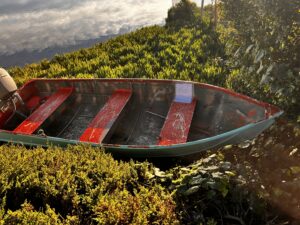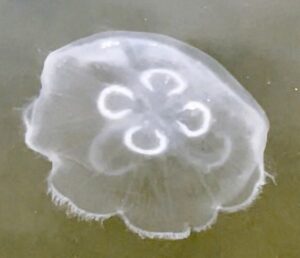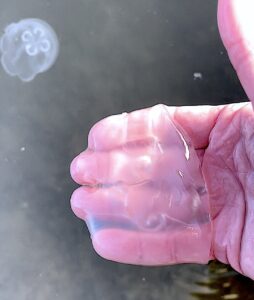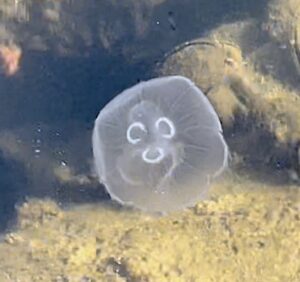STRAW is seeking volunteers at the Novato Baylands
Volunteering with Point Blue’s Students and Teachers Restoring a Watershed (STRAW) at the Novato Baylands is a fantastic way to get involved in wetland restoration along the shore of San Pablo Bay, through field work and our native plant nursery, while meeting new people who share a passion for this important work.
Volunteer programming is offered Tuesdays and Fridays between 8am-12pm and Wednesday 1-3pm. Tours are also available upon request.
If you are interested in learning more, please email: novatobaylands@pointblue.org
Find more information on Point Blue’s website: www.pointblue.org
